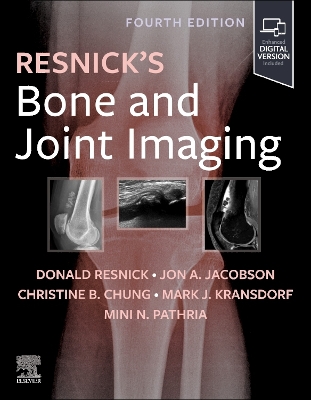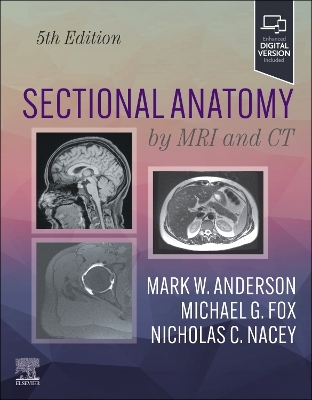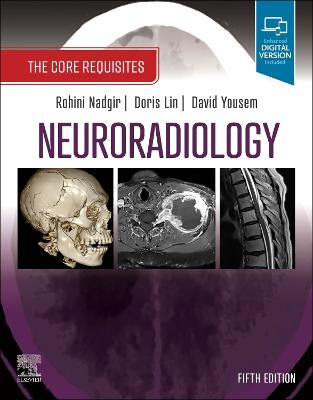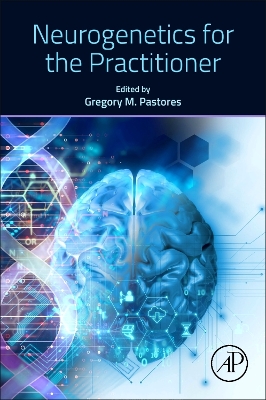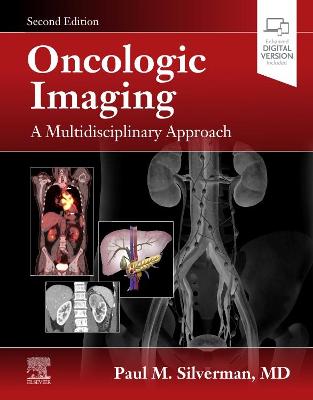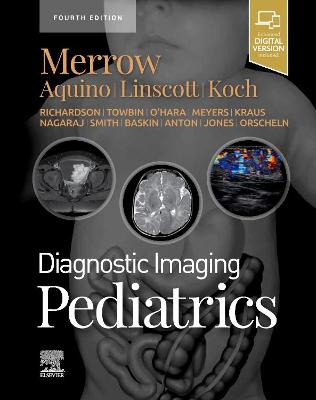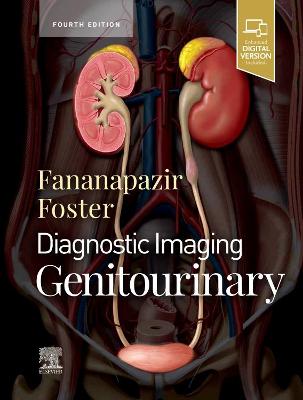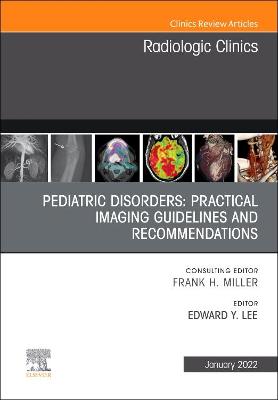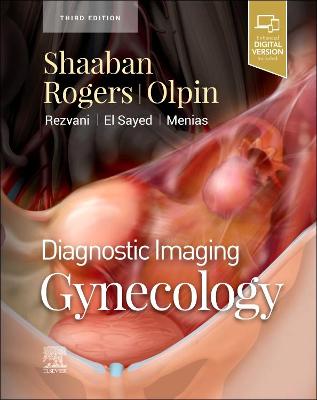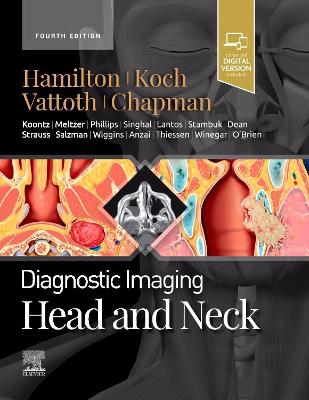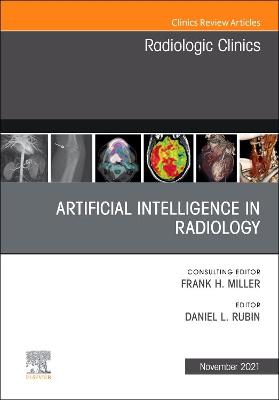Netter Collection of Medical Illustrations: Nervous System, Volume 7, Part II - Spinal Cord and Peripheral Motor and Sensory Systems
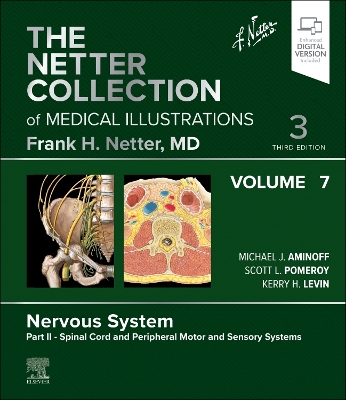 -10%
portes grátis
-10%
portes grátis
Netter Collection of Medical Illustrations: Nervous System, Volume 7, Part II - Spinal Cord and Peripheral Motor and Sensory Systems
Levin, Kerry H.; Aminoff, Michael J.; Pomeroy, Scott
Elsevier - Health Sciences Division
03/2024
320
Dura
9780323880855
15 a 20 dias

